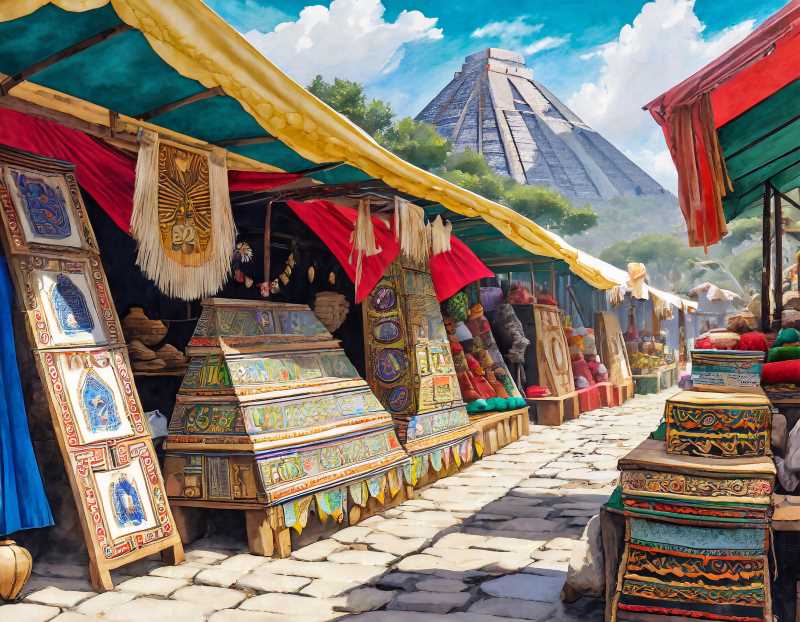Aztec Supermarket That Would Put Walmart to Shame
Tlatelolco's Aztec market was a vibrant explosion of trade, boasting exotic goods from across Mesoamerica and everyday essentials. A pre-Hispanic Amazon where jade shimmered, chocolate melted hearts, and life pulsed with every haggle and barter.

Forget your sterile aisles and fluorescent lights. Imagine a market where the air hums with the buzz of bartering, the ground vibrates with the stomping of a thousand sandals, and the scent of roasting corn mingles with the musk of exotic animals. This wasn't some fevered hippie commune, it was Tlatelolco, the beating heart of Aztec commerce, and it would make your local Walmart look like a dusty corner store.
Bernal Díaz del Castillo, a Spanish conquistador with a vocabulary that blushed like a conquistador's plunder, described it best: “We were amazed at the multitude of people and merchandise that was in the great square… a commerce!” He goes on, his words tumbling over each other like excited shoppers, listing the treasures on offer: “Gold and silver, feathers and blankets, carved wonders, slaves (though we frown upon that bit),” and then, in a breathless aside, “I would have liked to have finished saying all the things that were sold there…”




